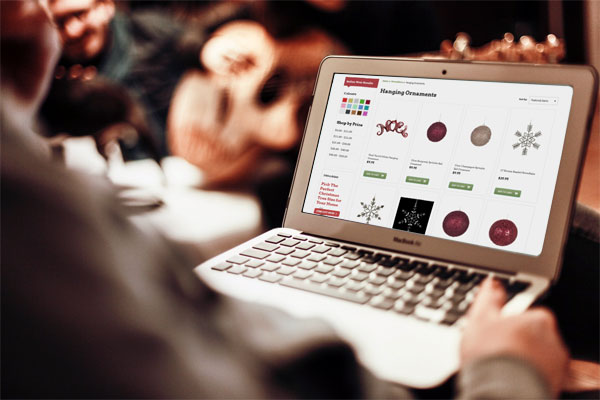So you own an online store, you’re getting a healthy stream of customers visiting your website and making purchases. Your customers are what keeps your store running, they visit your website, browse its contents and most importantly, make purchases. It’s no wonder why so many e-commerce businesses are moving towards a customer focused approach. But even with knowing all of this, have you ever stopped and wondered what do users actually look for in your online store?

Design

This goes without saying, having a great design attracts users to come visit the website. Its design is essentially your store front and if your users do not like how it looks, chances are they’ll be hitting the back button and going elsewhere. Web users also tend to be also very trendy, with all the exposure they have with other pretty looking websites. Because of this, your customers will likely prefer to see a modern-looking website than let’s say, a website that looks like it was from the 90s.
Speed & Reliability
Depending on the size of your online store, load speed and down times will mean a lot to your users. E-commerce sites such as Amazon has a lot of products, even more is the amount of traffic the website gets. If you’re online store has a fair number of things to sell and have many users accessing it, then you’ll want to make sure that the website loads quickly. To your customer, waiting for a page to load can be a daunting endeavor. Your website needs to be in a state where the user can get the content they want, at the time they request it.
What’s worse than a slow website? Downtime. Nobody likes getting their journey cut short due to unforeseen circumstances. To your users, down time is a big no-no and can leave a very strong negative impression on your brand. Avoid this from happening at all costs.
Product Catalog

You could be selling a handful of products or a warehouse’s worth, the most important thing is if your customer can actually find what they are looking for. Like how real brick-and-mortar stores have shelves to store wares and aisles to categorize types of products, online stores need to be able to sort products based on understandable categories. This will enable the user to be able to browse and search what they are looking for. To your customer, this part of their user journey is important because if they become frustrated by not being able to find what they want, chances are they’ll end up leaving your website discontented.
Product Details
They have nothing else to rely on other than the details that you are providing them.
One of the biggest differences in going to a store to buy something versus shopping online is that when you’re on the web you can’t actually see what you’re buying, at least not physically. This is why product details are very important to the online shopper. They have nothing else to rely on other than the details that you are providing them. If abundant and reliable information is provided to the customer, chances are they will feel more confident in what they’re looking at and will likely lead to a sale.
Clear product details consists of:
- Product images from various angles
- Description of the product
- Size & dimensions
Shipping Charges
For anyone who is familiar with buying things online, shipping charges become a norm. Your customers know that there will be shipping charges but the most important thing is to clearly show how much the shipping costs are. No one likes to see surprise costs at the tail end of their buying journey. For whatever your customer is paying, the total price should be broken down and itemized clearly on what they are actually paying for, this also includes the shipping costs.
Ease of Payment

Payment is the final step for your customer before they can begin waiting for what they’ve bought to arrive on their doorstep. The payment step is also one of the phases where a large number of drop-offs can happen and it all falls back to your e-business payment model. Two common types of payment methods for online purchases are credit card payment or using payment gateways. Your payment process should be fairly straight-forward using secured methods of payment. This is actual money that users are prepared to pay, the minute they notice that it seems not secure, the likely outcome will be the user dropping-off from the transaction.
Security
Users expect their data to be protected and encrypted to prevent identity theft…
To your customer, security is another important factor on your website. Users expect their data to be protected and encrypted to prevent identity theft, and this is where SSL certificates come in. SSL allows sensitive information such as credit card numbers, social security numbers, and login credentials to be transmitted securely. If your e-commerce website has an SSL certificate that is active, users will be able to tell by seeing a green padlock at the address bar of their browsers. This tells users that they are protected and can go ahead with shopping securely.
After Sales
When a customer has completed a prior transaction in the past, sending them an online newsletter can sometimes be a treat. Based on what they’ve purchased, you can promote items that the customer may like. This will act as a reminder to the user that your website is still around and attract them back for the next shopping spree.
By understanding what the customers wants, you can tailor a personal experience to said customers which will in turn make them want to revisit your online store.
